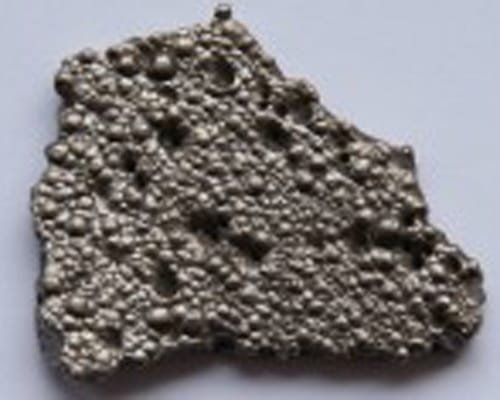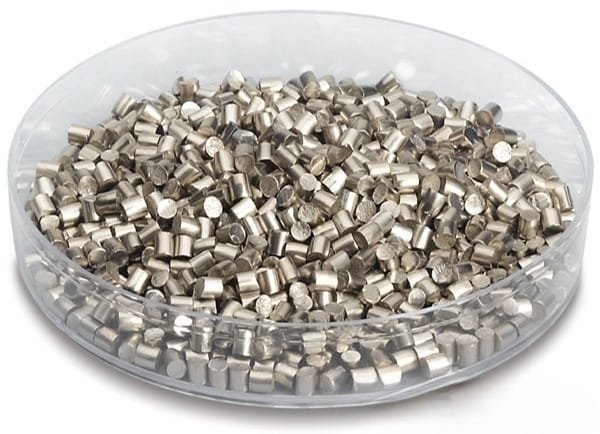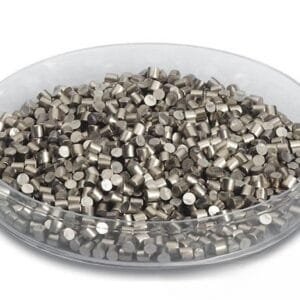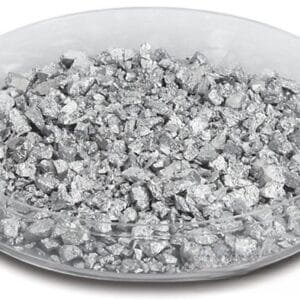Cobalt Evaporation Materials Description
High-purity cobalt evaporation materials are essential for achieving high-quality films in deposition processes. Cobalt, a hard, gray, ferromagnetic metal, is known for its stability in air and low reactivity. It is insoluble in water, with a melting point of 1,495°C and a boiling point of 2,927°C. Cobalt is commonly used in manufacturing magnetic materials and high-strength superalloys due to its durability and unique properties.
TFM specializes in producing cobalt evaporation materials with purity levels up to 99.99%. Our rigorous quality assurance processes ensure the reliability and consistency of these materials, making them ideal for demanding applications.

Cobalt Evaporation Materials Specification
| Material Type | Cobalt |
| Symbol | Co |
| Color/Appearance | Lustrous, Metallic, Grayish Tinge |
| Melting Point | 1,495 °C |
| Thermal Conductivity | 100 W/m.K |
| Density | 8.9 g/cc |
Cobalt Evaporation Materials Applications
Cobalt evaporation materials are widely utilized in various deposition processes, including semiconductor deposition, Chemical Vapor Deposition (CVD), and Physical Vapor Deposition (PVD). In the field of optics, they are used for applications such as wear protection, decorative coatings, and display technologies. Their high purity and performance make them indispensable for achieving precise and durable results in these advanced applications.
Cobalt Evaporation Materials Packing


 MSDS File
MSDS File



Reviews
There are no reviews yet.